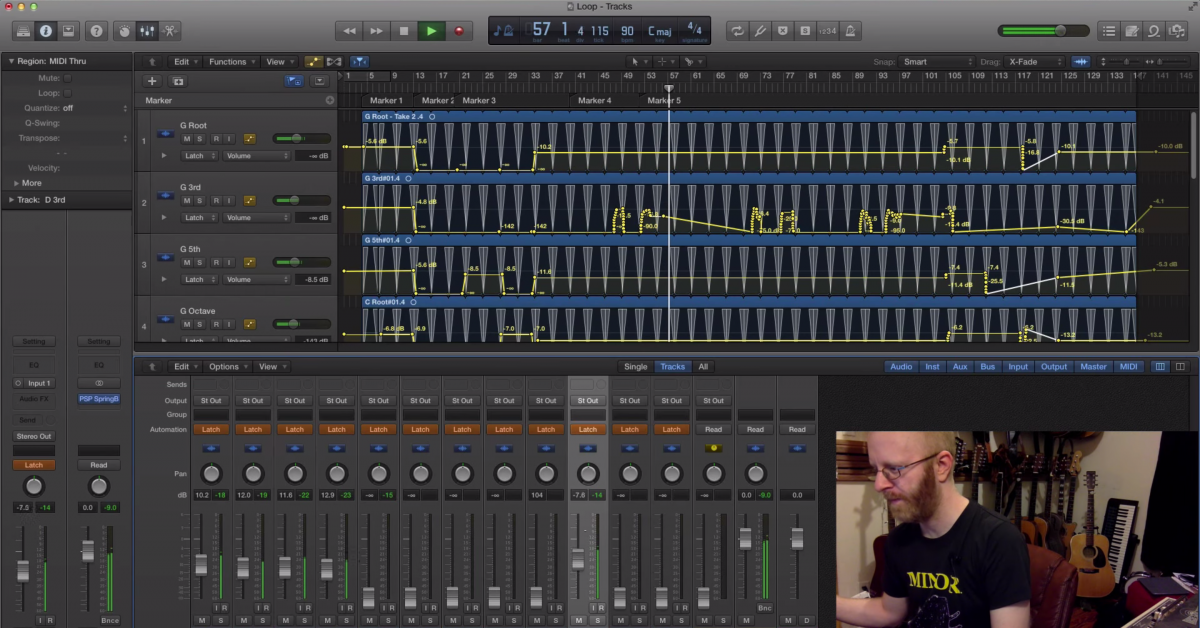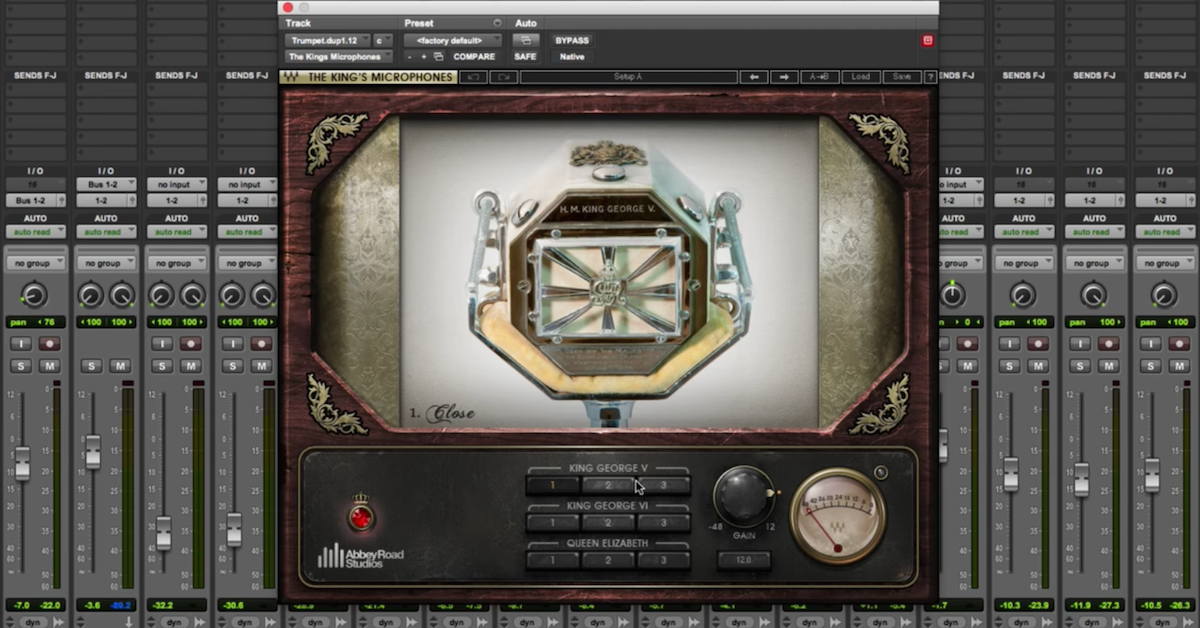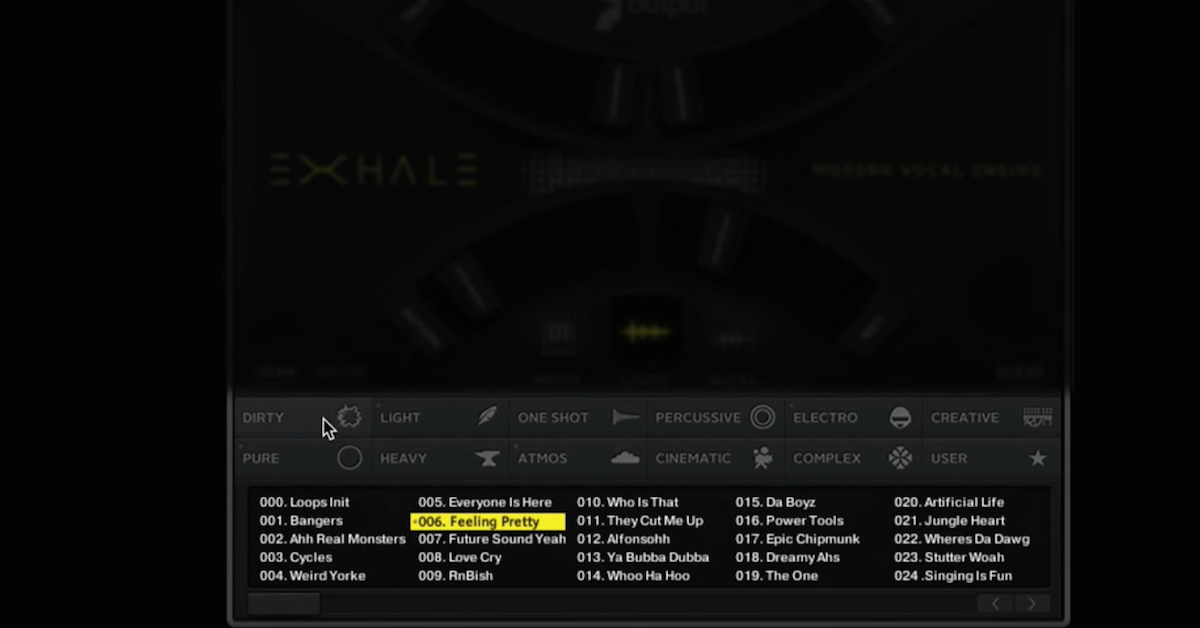Dissecting “Tomorrow Never Knows” by The Beatles
Article Content
One of the most ambitious and influential of all Beatles recordings is “Tomorrow Never Knows” from the 1966 Album Revolver. Primarily written by John Lennon, there are numerous examples of creative recording and mixing techniques from the production of this song.
To help reinforce this Indian-influenced song, which relies almost entirely on a steady C-chord, George Harrison added a droning Tambura, which is often confused with a sitar.
Ringo’s repetitive but unique drum performance which was arguably similar to “Ticket to Ride” from 1965, was close miked and heavily compressed, and provided an excellent backdrop for the organized chaos of tape loops and vocal experimentation.
Lennon wanted the vocal for this LSD-influenced song to sound like a hundred chanting Tibetan monks, and although The Beatles at this point could do essentially whatever they wanted at the famed Abbey Road Studios, this was not possible.
Ultimately, Engineer Geoff Emerick creatively ran Lennon’s vocal through a Leslie Speaker and re-recorded it. Lennon showed a general disdain for doubling his own vocal, so Ken Townsend developed automatic double tracking or ADT, a process in which the signal from the sync head of one tape machine was delayed through a second tape machine. The tape speed and therefore the pitch was modulated slightly, allowing the engineers to simulate a doubled vocal or other performance. Waves now has a plugin version of this effect.
McCartney, who had been influenced by Karlheinz Stockhausen and other Musique concrete composers, brought in a selection of quarter-inch tape loops he had recorded at home. The infamous “seagull sound” is actually a sped up recording of someone (perhaps McCartney) laughing. The other Beatles provided home recorded tape loops which were ultimately played through various tape machines in Abbey Road, each supervised by technicians, with the band and Producer George Martin manning the faders as the loops were recorded on top of the existing arrangement. This was quite a departure in terms of production technique not only for the Beatles, but for any popular music group at the time.
Although later the hyper-critical Lennon expressed disappointment that the song lacked due to not having the chanting monks he originally envisioned, that didn’t stop this recording from being revolutionary and the perfect centerpiece for what is perhaps the bands’ most experimental album.
It has been covered by dozens of artists, and its influence can be heard in artists ranging from hip-hop to electronic.
In 2012, the popular AMC series Mad Men, in an unprecedented event, was able to obtain the recording and publishing rights for the song, allowing it to be used in an episode of the show for the hefty fee of $250,000.




